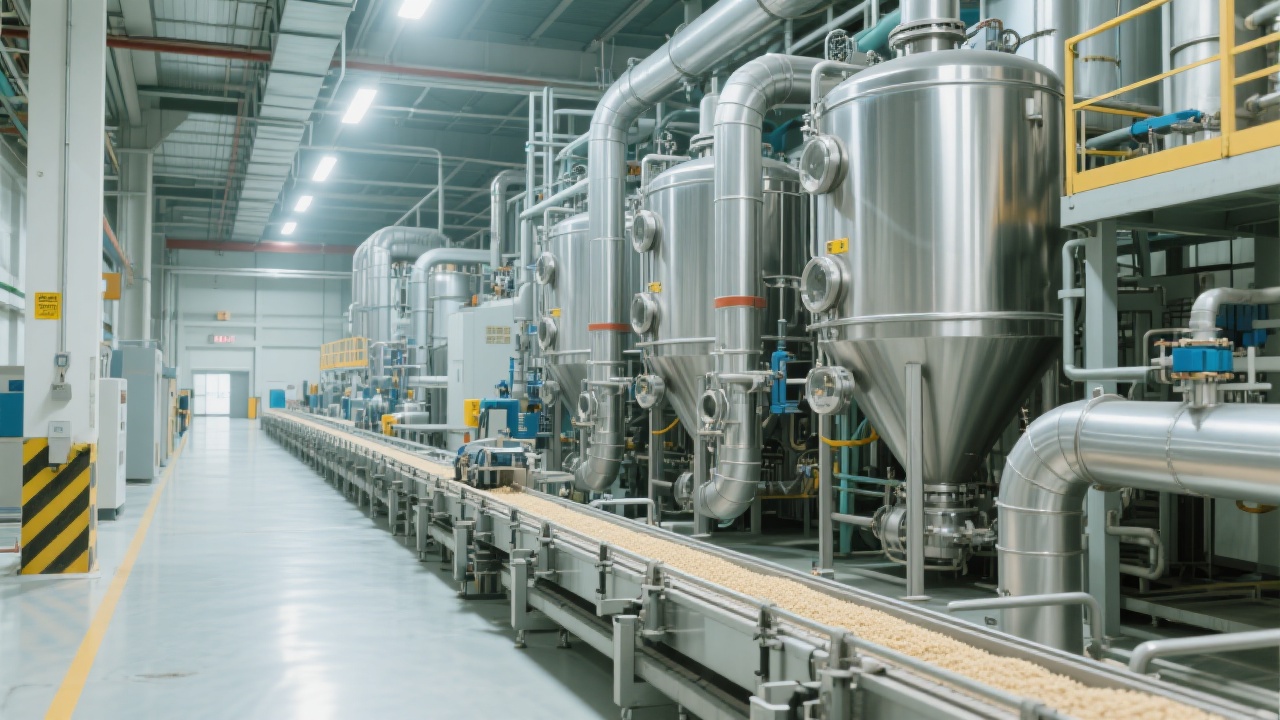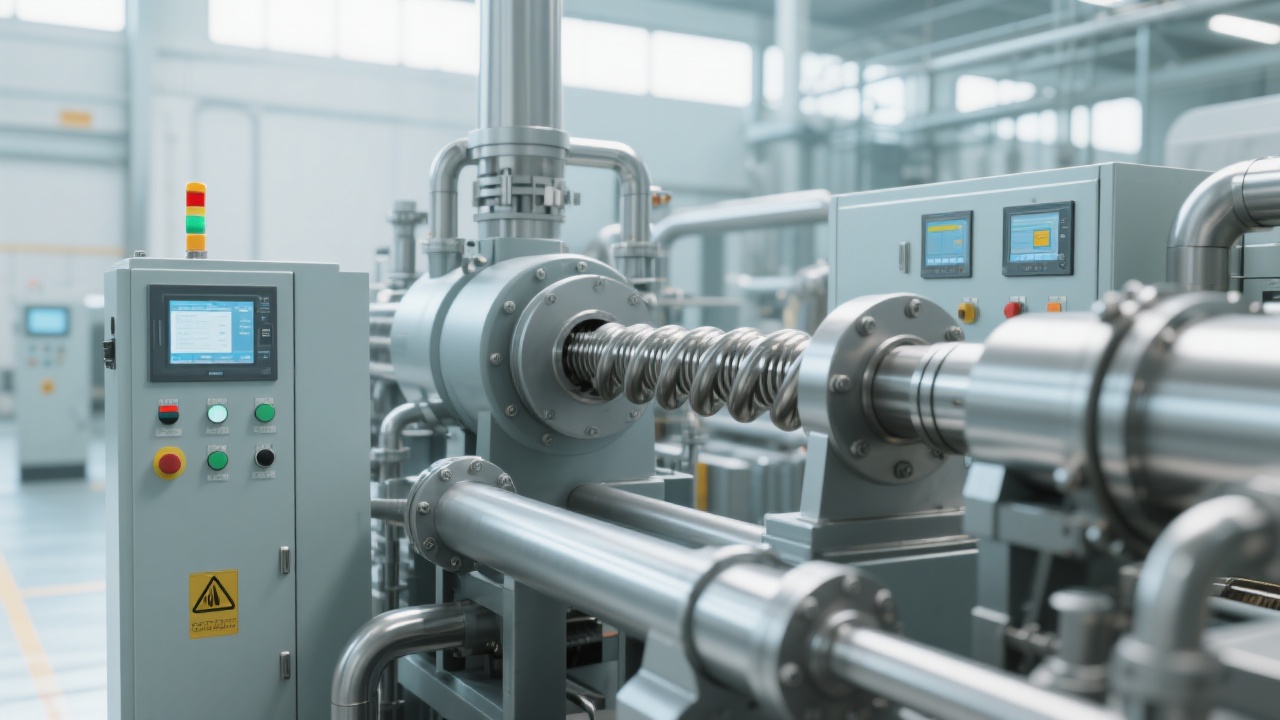
Sunflower seed oil processing has undergone significant transformation driven by continuous innovations in pressing technologies. The modern oil extraction industry prioritizes optimizing each production stage — including cleaning, dehulling, screw pressing, and filtration — with automation and energy conservation at its core. These enhancements not only improve oil purity and extraction yield but also contribute to sustainable industrial growth by reducing environmental impact and maintenance overheads.
The sunflower seed oil pressing process encompasses four main critical stages:
Recent technological progress has focused on replacing manual or semi-automatic units with fully automated systems integrated with smart sensors and control software. For instance, automatic seed cleaners employing advanced air-screen separation enhance impurity removal rates up to 99.5%, compared with older models averaging 95% (Industry benchmark data, 2023). Similarly, dehulling machines now incorporate adjustable roller spacing and vibration feeders improving hull separation efficiency by approximately 12–18%.
Automation implementation varies by the scale of production facilities:
| Production Scale | Automation Level | Typical Output per Day (tons) | Energy Savings |
|---|---|---|---|
| Small (≤5 tons) | Semi-automatic with modular upgrades | 2–5 | 5-10% |
| Medium (5–20 tons) | Fully automated integrated lines | 10–18 | 12-18% |
| Large (>20 tons) | Advanced PLC-controlled systems with IoT monitoring | 20+ | 18-25% |
The integration of programmable logic controllers (PLCs) and Internet of Things (IoT) sensors enables real-time monitoring of parameters like temperature, pressure, and feed rate, significantly minimizing human error and downtime. For example, automated screw pressers adjust pressure dynamically to maximize oil yield, improving extraction efficiency by up to 8% compared to fixed-parameter presses.

Empirical data from industry pilot plants supports process optimization:
Industry case studies report oil extraction rates reaching 47–50% of seed weight with modern process control, surpassing traditional methods by up to 12%. Alongside yield improvement, the adoption of degumming and deodorizing systems further refines oil quality to meet international edible oil standards.

Energy optimization has become a vital component of modern sunflower seed oil production technologies. Data indicate that automated systems reduce energy use significantly:
| Measure | Energy Reduction (%) | Maintenance Cost Impact |
|---|---|---|
| Variable Frequency Drives (VFD) on Motors | 10-15% | Lower mechanical wear |
| Automated Lubrication & Diagnostics | 5-8% | Reduced downtimes & repair costs |
| Heat Recovery Systems | Up to 20% | Extended component life |
Proactive maintenance using condition monitoring through vibration sensors and thermal cameras allows early fault detection. This approach drastically decreases unexpected equipment failures, ensuring continuous production and lowering repair expenditures by an estimated 25%.

Unlock the full potential of your sunflower seed oil production with cutting-edge automation solutions designed for maximum yield and minimum energy consumption. Discover how our advanced equipment upgrades can transform your operation today!

